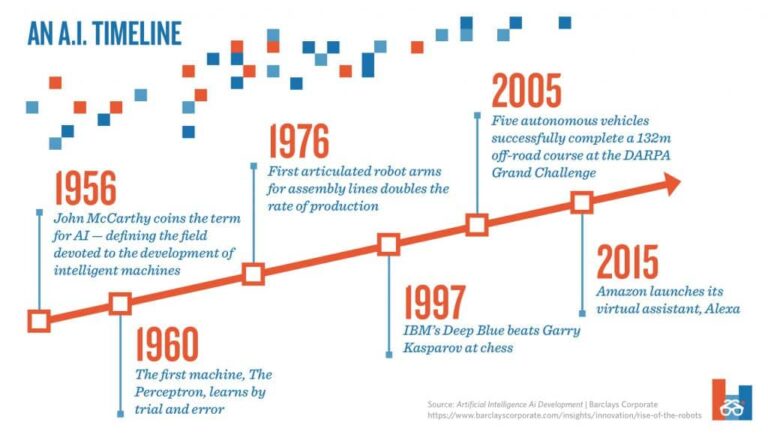Innovations in Education and the Role of AI

Smartphones. Smart homes. Smart education.
These days, it’s nearly impossible to get away from all the incredible ways technology is advancing. As a way to keep up with the progressive world, higher educational institutions are embracing the use of tech like artificial intelligence, also simply known as AI.
“My opinion is that AI can be of great benefit to furthering our academic endeavors when used ethically, but we still have a way to go in determining what that looks like,” said Dr. Michella Basas, associate professor at Flagler College. Due to AI’s rapid use, Dr. Basas created a course for faculty to learn how other institutions use ChatGPT as an instructional tool and share Flagler’s AI use policies.
Ultimately, AI usage is a way for educators and students to work smarter, not harder.

What many people don’t realize is that AI extends well beyond the popular ChatGPT. Computer programs like Word, Excel and Grammarly are all AI tools that have been used for years in the education world.
In the classroom, AI is being used by staff and students in a variety of ways — from automated grading, predictive analysis and even content recommendations, says Dr. Daniel K. Ray, St. Johns River State College director of community and corporate education and professor of business and information technology.
The use of AI in classrooms is a way to prepare students to use tools their future employers will have. There’s no doubt that it’s necessary: Recently, 42% of companies reported AI exploration within their companies, according to Exploding Topics, a trend-spotting algorithm site.
Educational institutions like the University of Florida also have developed entire courses dedicated to AI certification and development. While the increased use of AI is leading to easier course development and faster writing outlines for students, not everyone loves it.

“There are definitely mixed emotions regarding AI in the classroom,” says Dr. Basas. “It is my impression that students see AI as a tool to help them with their writing, with a small percentage seeing AI as an opportunity to generate papers to submit for their courses.”
As for educators, many are learning right alongside students as to the capabilities of AI in the classroom.
“Most of the staff I speak with love ChatGPT and use it; others are opposed and see it as a threat to education,” says Dr. Ray. “The message given by leadership is that we should embrace AI and use it as a tool to augment, supplement and enhance our ability to promote learning in our students.”
This semester, Dr. Ray is ending three of his courses with the ethical and moral uses of ChatGPT for learning.
While there’s much talk about opposing views, Dr. Basas says AI isn’t a tool to fear. In fact, for years, AI has been used in classrooms — just consider spell check.
“We have to shift our perspective in how we view AI,” says Dr. Basas. “It is here to stay, and while there will be some growing pains, I believe if we take a positive approach to AI and do so in ethical ways, we will find it to be of great benefit. In the best-case scenario, human thought and AI-generated information will take our research and work to the next level. Embracing AI and reinforcing ethical use will be essential in how it will impact our world.”
Dr. Ray points to large companies using it for efficiency and safety purposes:
“AI in learning is much greater than in higher education,” he explains. “Volvo Trucks, Cummins, and other manufacturers use guided diagnostic tools that leverage AI to help technicians learn and work on their engines and other systems. This removes the tacit knowledge barrier that many past technicians were apt to guard…higher education must adapt along with industry to develop AI-aware workers who can use it morally, ethically and with confidence and competence.”










